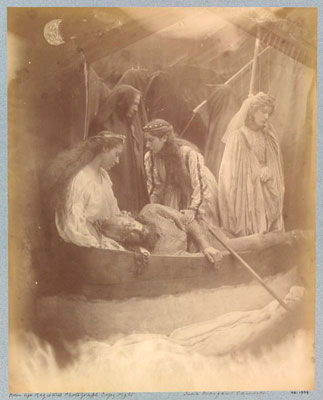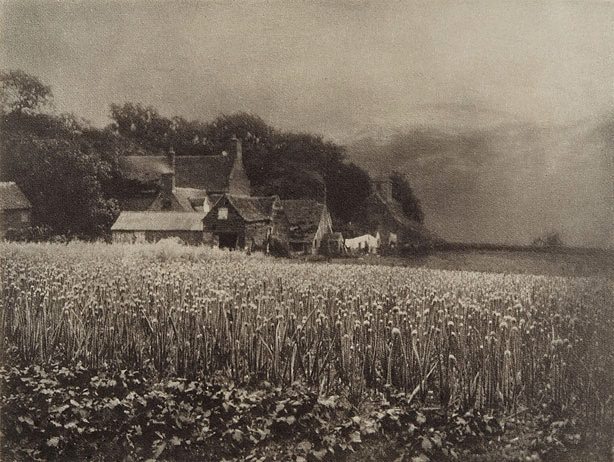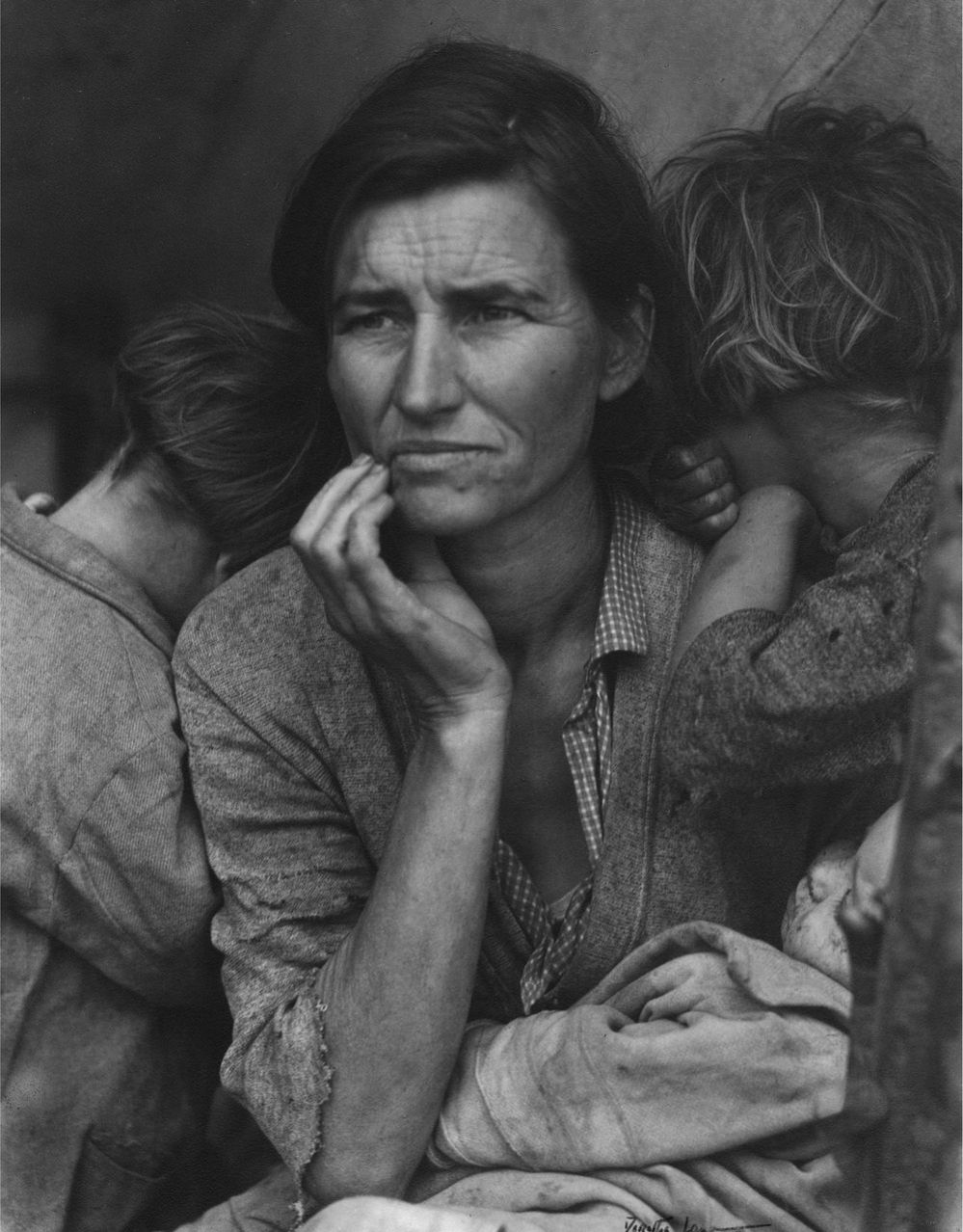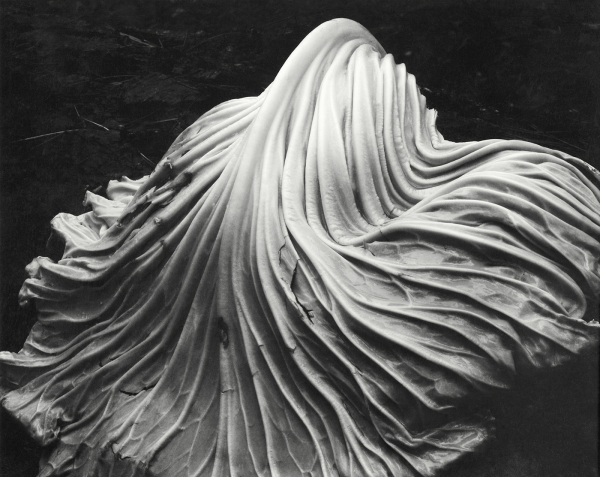Pictorialism
Pictorialism was at it’s most popular between the 1880’s to the 1920’s. During this time, photography was known as a science and not considered an art form as a piece of machinery was creating the work, rather than physical human hands. Photographers wanted to eliminate this theory, and therefor combined photography with the physical aspects of art. Artists would use methods such as putting Vaseline on the camera lens to create a blurred effect, or manipulate their images in the darkroom by scratching the negatives or putting chemicals on the images to make them look more like paintings. Some popular artists associated with this era include Julia Margaret Cameron, Alfred Stieglitz and George Davidson. These artists became pioneers of this era and created some of the most iconic photographs of that period of time.
https://en.wikipedia.org/wiki/Pictorialism



Realism/Straight photography
Straight photography, or Realism photography, reached it’s popularity between the 1930’s to the 1950’s. Straight photography had opposite principles to those of Pictorialism, the artists wanted to represent the images exactly as they are seen by the human eye. Photographers would use the ability of the camera to make accurate and descriptive records of the visual world, they embraced the idea of photography being a science rather than art, to capture realistic images of the real life world. Some iconic artists from this period include Walker Evans, Dorothea Lange and Paul Strand. The method of straight photography simply consists of taking an image, and leaving it how it would be viewed in the real world. Unlike pictorialism, straight photographs are unedited, apart from possibly black and white conversion, removing intrusive dust, or maybe adjusting exposure. This method provides clear and realistic images to capture everyday life as seen through the human eye.


Modernism
Modernism was at it’s peak during the late 19th century to the mid 20th century. This movement consisted of rejecting Victorian traditions and religion, and focusing on scientific advances. Photographers began to experiment with light, perspective and developing. Science within terms of preserving our damaged environment was at a high, and because of this, began the trend to seek out the answers to fundamental questions and research. Modernism consisted of documentary style images due to the trend of fascination with scientific discoveries. The camera was used as a technological tool rather that to create art. Some iconic photographers during the peak of Modernism include Imogen Cunningham, Edward Western and Ansel Adams.



Postmodernism
Postmodernism rose in popularity in the later 20th century, and unlike modernism, consists of a variety of themes. Postmodernism builds on the themes and conceptual ideas that began forming during the period of modernism. The main themes that run through postmodernism consist of surrealism, expressionism and other similar ideas. During the postmodernist era, we see a departure from the traditional rules of art, and the experimentation of different techniques such as placing subjects in strange arrangements and even the absence of a definitive subject. Some iconic photographers from the postmodern era include Lee Friedlander, William Eggleston, Andreas Gursky.



